Society Adventures: Ruins and Revitalization at the Brooklyn Navy Yard
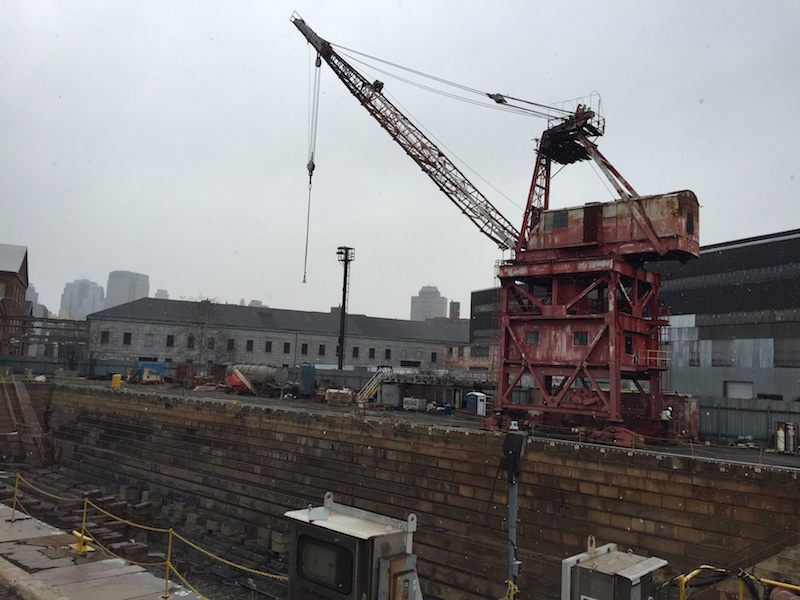
Brooklyn Navy Yard’s Dry Dock 1, used to build and repair vessels since the Civil War (all photos by author)
Earlier this month, the New York Obscura Society embarked on a behind-the-scenes tour of the Brooklyn Navy Yard to explore the rich history of the vast 300-acre property. Led by Andrew Gustafson of Turnstile Tours, the tour chronicled the Yard’s evolution, which originally served as a shipyard from 1776 to 1965 and is now an industrial park with thriving manufacturing and commercial activity where over 200 businesses employ more than 5,000 people.
The Navy Yard was founded in 1801 when John Adams, at the end of his presidency, quickly authorized the establishment of six naval shipyards, including one in Brooklyn. At its peak in World War II, the Navy Yard employed 70,000 men and women and operated 24 hours a day. In its history, several notable ships were built at the facility, including the USS Missouri, the battleship on which Japan officially surrendered to Allied Forces on September 2, 1945, effectively bringing WWII to a close.
In the Navy Yard’s museum at BLDG 92, we viewed historical photographs, listened to oral history clips — including an interview with a female Yard worker — and enjoyed company stories from inside the modern-day Yard. As a bonus, we also explored the 24-acre former Naval Hospital annex, decommissioned in the mid 1970s and since untouched.
Today, the Yard is committed to sustainability and green technology and is home to the nation’s first multi-story, multi-tenanted LEED Gold-certified industrial building. True to its commitment to going green, the Yard employs environmentally friendly features consistently throughout the property, including the nation’s first wind and solar powered street lamps, designed by Navy Yard tenant Duggal Eco-Solutions.
The Navy Yard’s 40 buildings have been 99% leased for nearly ten years. However, it is now in the midst of its largest expansion since WWII, adding 1.8 million square feet of new industrial space over the next two years. Major tenants include Brooklyn Grange Farms, which operate a 65,000 square foot commercial rooftop farm; Steiner Studios, one of the largest production studios outside of Los Angeles; and Brooklyn Navy Yard Arts, a compilation of artists.
Below are photographs from the New York Obscura Society’s exploration of the Brooklyn Navy Yard, and follow our events page to join the next adventure.
 Our tour started at BLDG 92, a museum that showcases the history and innovation of the Brooklyn Navy Yard
Our tour started at BLDG 92, a museum that showcases the history and innovation of the Brooklyn Navy Yard

Paymaster Building, where Navy Yard workers once lined up for compensation, is now home to The King’s County Distillery
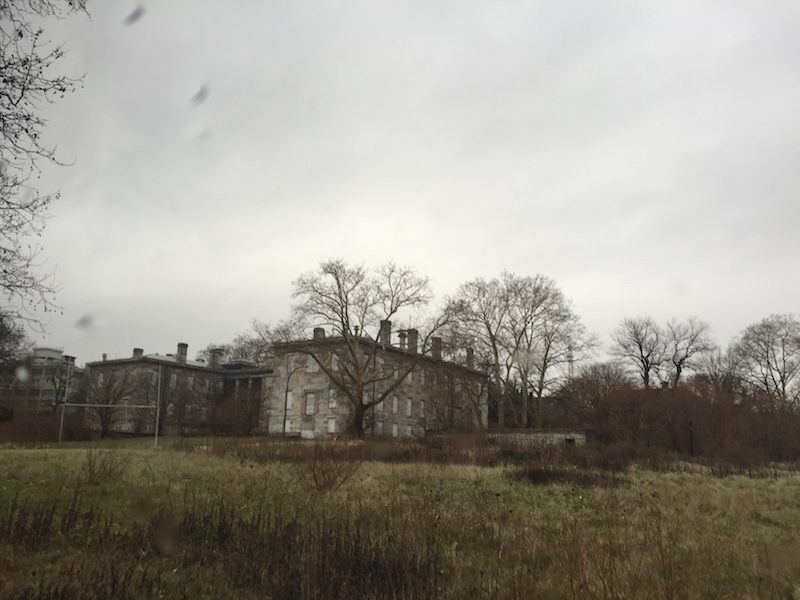 Approaching the former Naval hospital
Approaching the former Naval hospital
 Duggal Greenhouse, a popular venue for events, photo shoots, & rehearsal space, accessible by vehicle or boat. Considered a laboratory in new technology, the Greenhouse utilizes solar energy, organic air purification, & eco friendly building practices.
Duggal Greenhouse, a popular venue for events, photo shoots, & rehearsal space, accessible by vehicle or boat. Considered a laboratory in new technology, the Greenhouse utilizes solar energy, organic air purification, & eco friendly building practices.
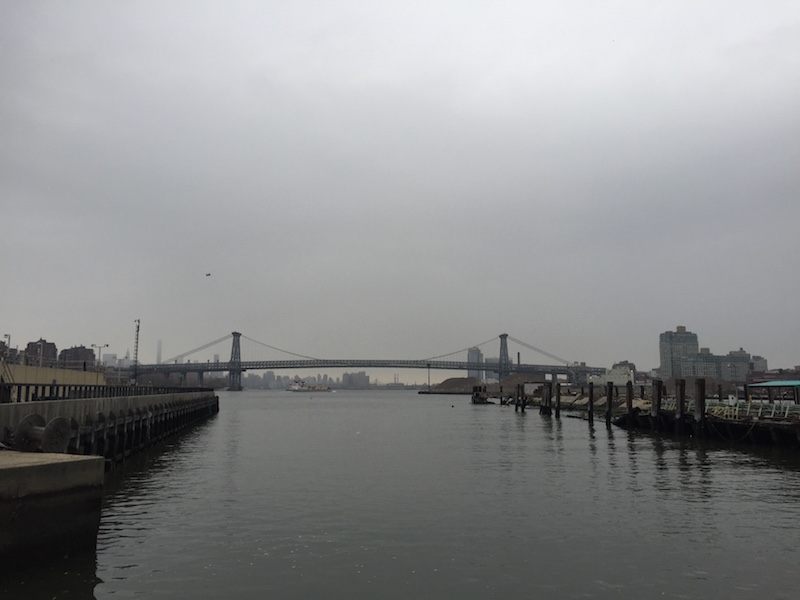 Water views from the Duggal Greenhouse
Water views from the Duggal Greenhouse
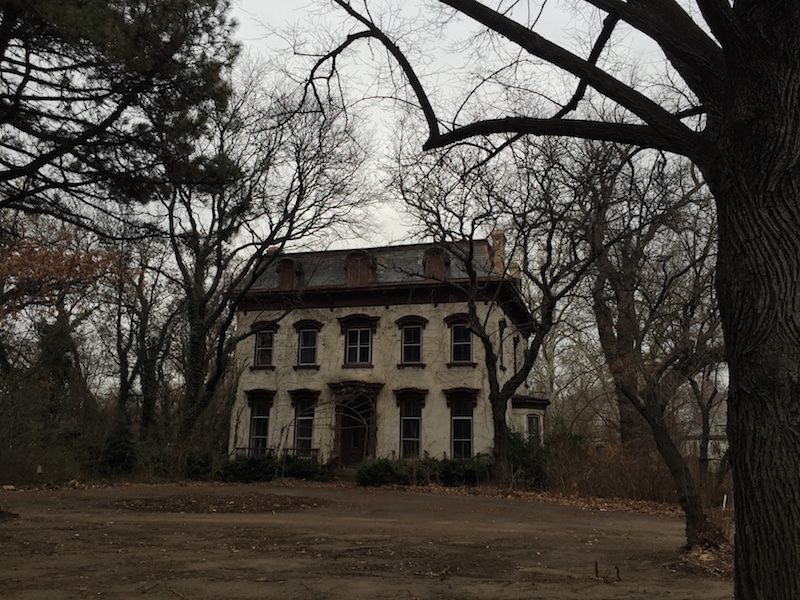 The Navy Yard Hospital annex, to be restored and expanded by Steiner Studios
The Navy Yard Hospital annex, to be restored and expanded by Steiner Studios

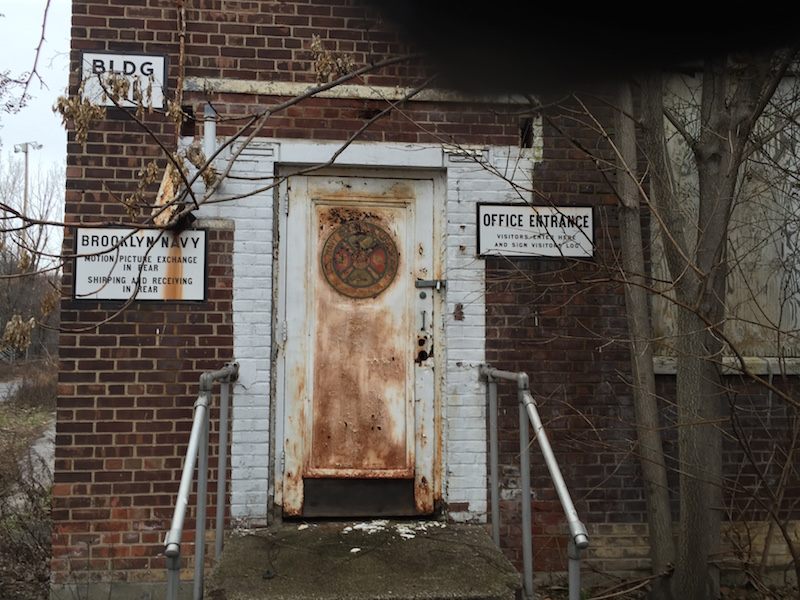
Building 311, once home to the US Navy Motion Picture Service
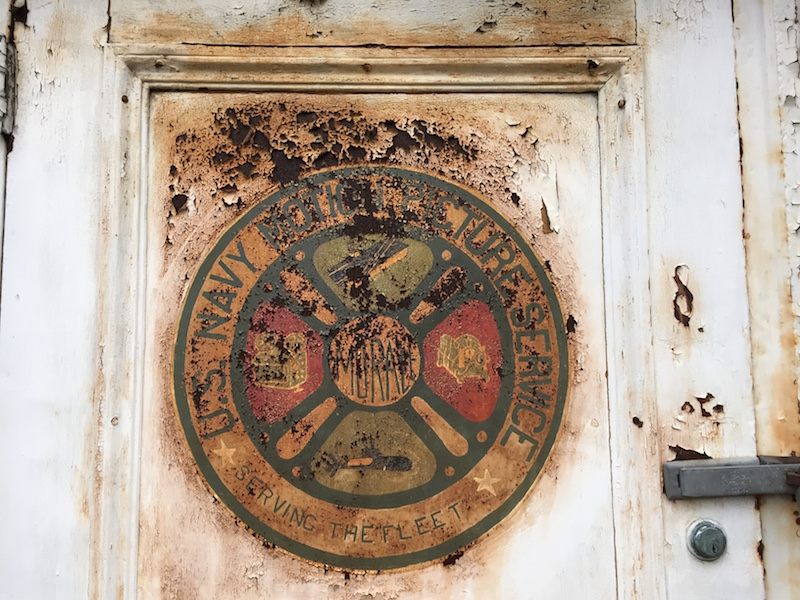


The Obscura Society is the real-world exploration arm of Atlas Obscura We seek out secret histories, unusual access, and opportunities for our community to explore strange and overlooked places hidden all around us.










Follow us on Twitter to get the latest on the world's hidden wonders.
Like us on Facebook to get the latest on the world's hidden wonders.
Follow us on Twitter Like us on Facebook